What is a Thermal Imaging Camera and What is it Used For?
A thermal imaging camera is a high-tech device that detects infrared radiation (heat) emitted by objects. Unlike regular cameras that capture visible light, thermal cameras show temperature differences between objects and their surroundings. This makes them ideal for identifying issues that are invisible to the human eye. In this article, we will explain how thermal cameras work, what they can detect, some leading thermal imaging camera manufacturer, thermal camera price, how to choose one suitable thermal camera, usage tips and maintenance.
What is A Thermal Imaging Camera?
Thermal imaging camera is a process where a special camera captures infrared radiation emitted by objects. The camera then converts this radiation into a thermal image. These images show temperature differences as different colors. Hotter objects appear in red, yellow, or orange, while cooler objects show up in blue or purple.
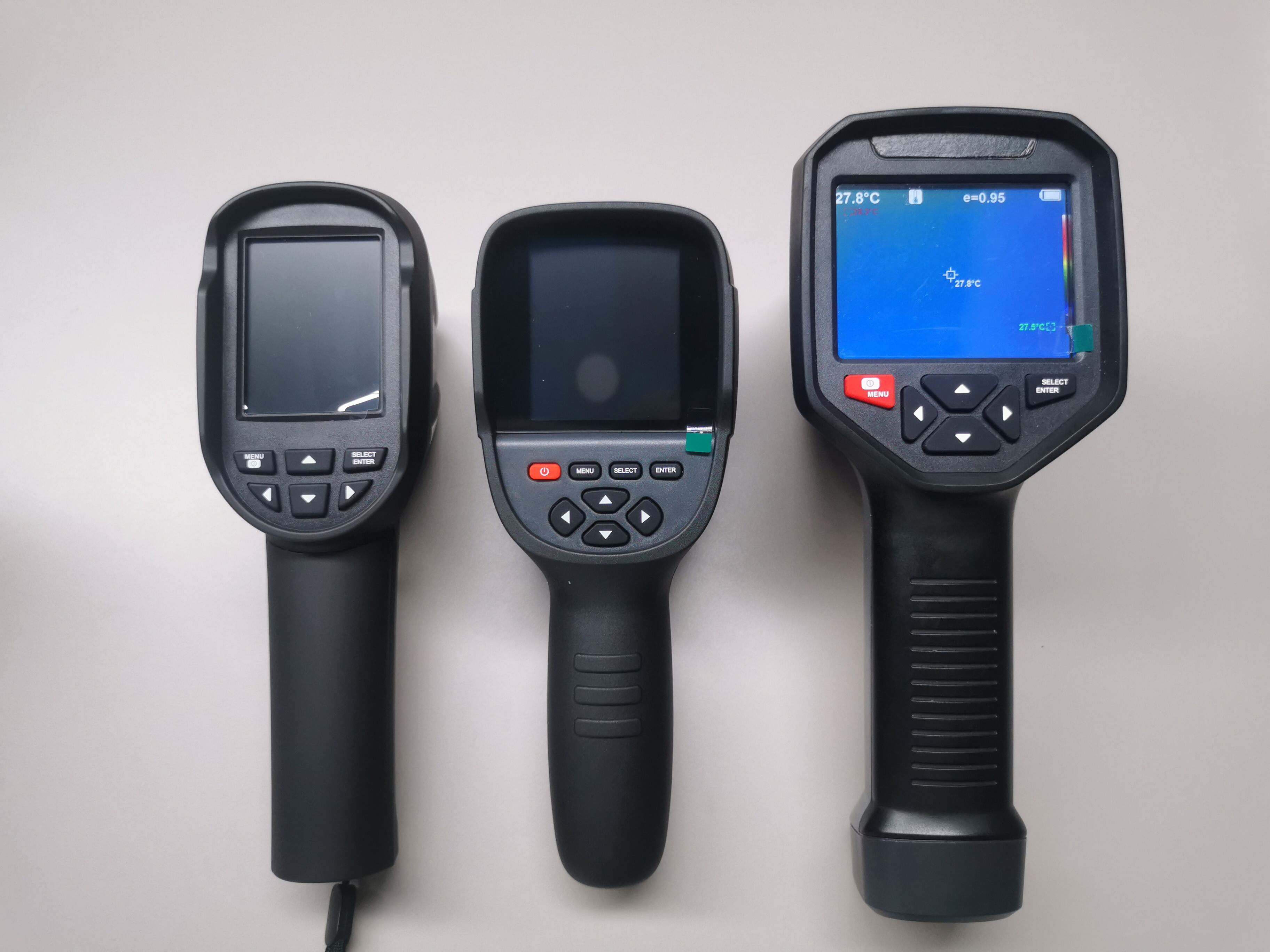
What thermal imaging is used for?
Thermal imaging camera is a powerful tool used in various fields to detect heat patterns and identify temperature differences that are invisible to the naked eye. This technology is commonly used for building inspections, where it helps detect areas of heat loss or poor insulation, allowing property owners to address energy inefficiency.
In firefighting, thermal cameras enable firefighters to see through smoke, identify hotspots, and locate victims even in low-visibility environments.
Electrical inspections also benefit from thermal imaging, as it can spot overheating components or potential electrical failures before they become hazardous.
In plumbing, it is used to detect hidden leaks in pipes, even within walls or floors, by observing temperature changes caused by the water flow.
Additionally, medical applications, such as detecting areas of inflammation or abnormal blood circulation in the body, use thermal cameras for non-invasive diagnostics. Beyond that, thermal imaging is crucial in search and rescue operations, automotive diagnostics, and military applications like surveillance and target acquisition, showcasing its versatility across various industries.
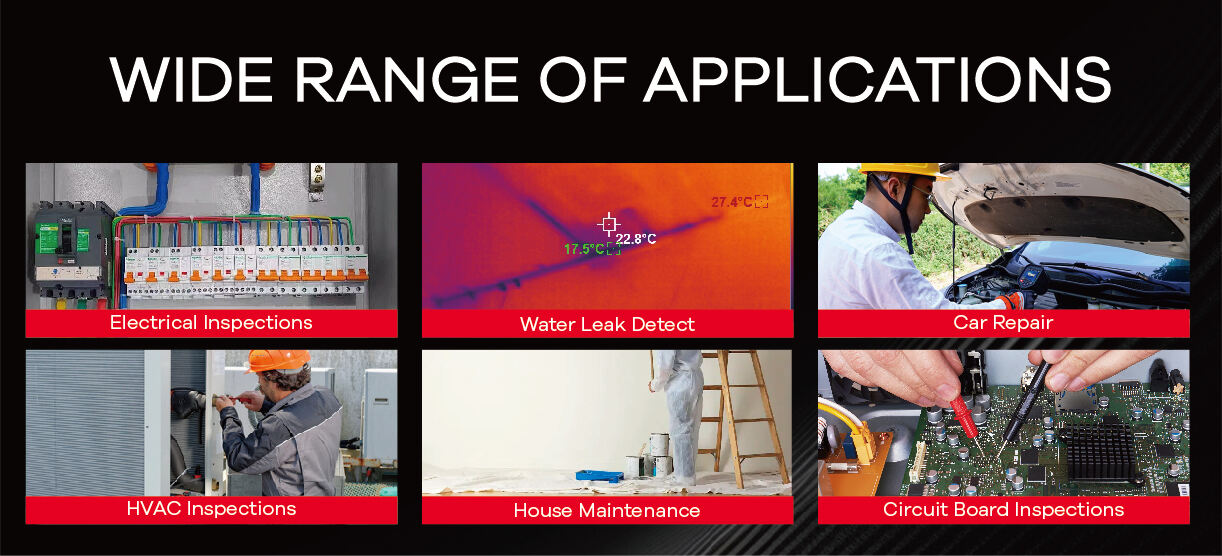
How Do Thermal Imaging Cameras Work?
Thermal cameras use a sensor called a microbolometer to detect infrared radiation. This sensor turns the infrared radiation into an electrical signal. The signal is then processed and converted into an image. Each part of the image represents a different temperature.
For example, if a pipe is leaking water, the area around it will show a temperature difference, helping you locate the leak. A typical thermal camera displays these temperature differences in various colors, allowing you to see where heat is being emitted.
Want to know more about thermal cameras? Leave a message, and our support team will provide personalized recommendations just for you!
What Can Thermal Imaging Detect?
Thermal cameras are versatile tools used across many industries. Here are some of the common things they can detect:
Firefighting: Firefighters use thermal cameras to find fire sources, trapped people, and hidden hotspots in smoky environments.
Water Leaks: Thermal cameras can detect water leaks by identifying temperature changes in walls, floors, or ceilings caused by water infiltration.
Electrical Issues: Overheating electrical components can cause fires. Thermal cameras can spot overheating wires or devices before they fail.
Building Inspections: Thermal cameras are widely used in building inspections to identify energy loss, insulation problems, and hidden leaks.
Underfloor Heating: Thermal cameras can check the efficiency of underfloor heating systems by showing temperature patterns on the floor.
HVAC Systems: Thermal imaging is used to detect faults or air leaks in heating, ventilation, and air conditioning systems.
Car Maintenance: Thermal cameras help mechanics detect overheating parts or fluid leaks in vehicles.
Military Applications: Thermal imaging is used in surveillance and target acquisition, especially in low-visibility conditions.
Outdoor Activities: In hunting or rescue operations, thermal scopes help track animals or locate missing persons in dark or dense areas.
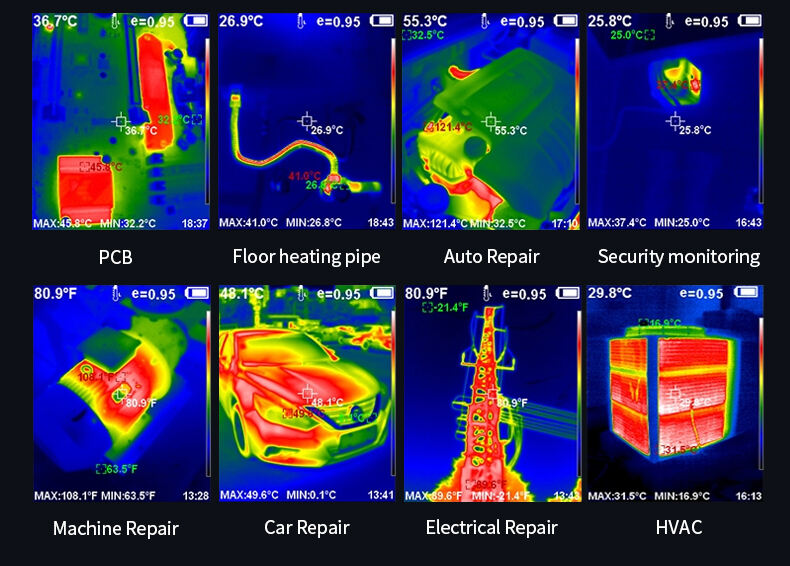
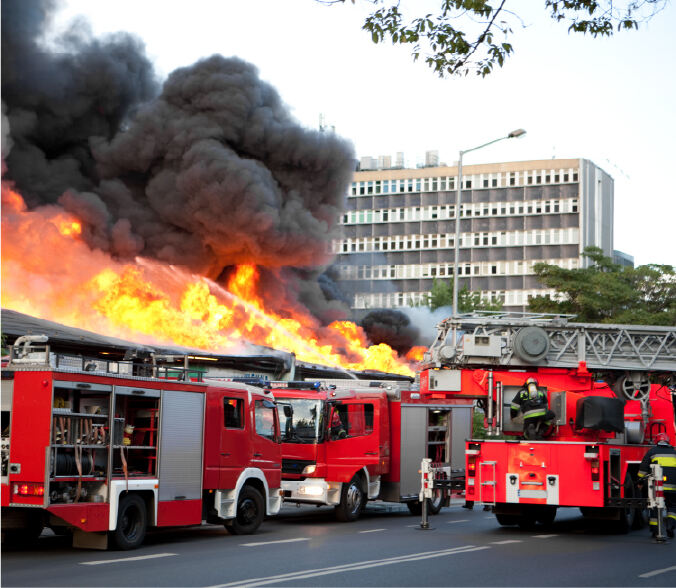
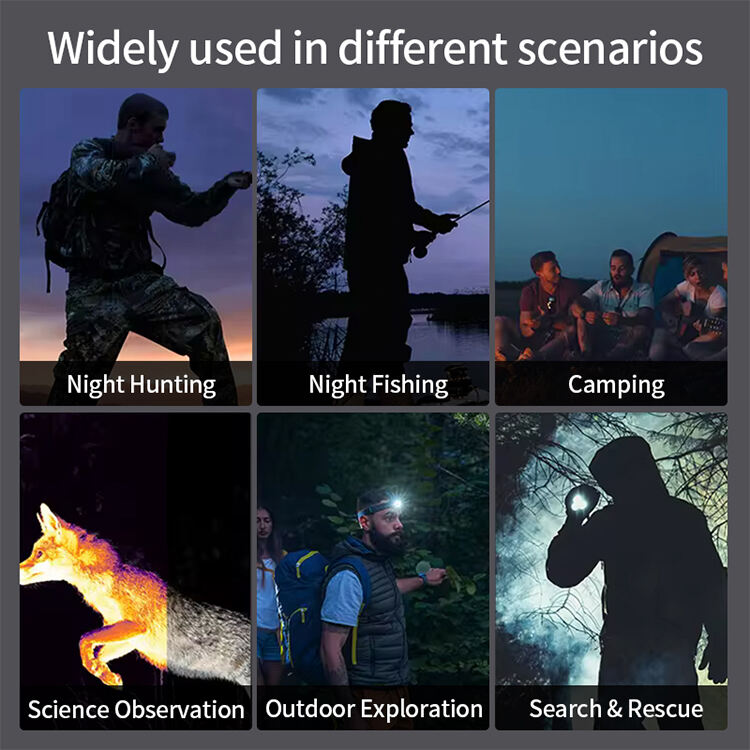
Thermal Imaging Camera Manufacturers
There are several well-known brands that manufacture thermal imaging cameras. These brands offer a range of products for different needs:
FLIR Systems: Known for its high-end thermal cameras used in industrial, military, and security applications.
Seek Thermal: Offers affordable thermal cameras for personal use, such as the Seek Thermal Compact series.
Bullard: Specializes in thermal cameras for firefighting.
MAS: Known for industrial and maintenance thermal cameras.
Leader Group: Offers portable thermal imaging cameras for everyday use.
Guide: Provides innovative thermal imaging solutions for both professional and personal users.
LSJ: A rising brand with over 15 years’ experiences, offering cost-effective thermal cameras for various applications, like firefighting, earthquake search and rescue, water leak detect, building inspection, car maintenance, etc.
How much is a thermal imaging camera?
Thermal imaging camera prices vary depending on the brand, features, and resolution. Here’s a general price range:
FLIR: The price range for industrial handheld thermal cameras is between $499 and $15,209. For firefighting cameras (K1-K65 series), the price range is approximately $499 to $4,995.
Seek Thermal: The price for the Nano 200 and 300 models is $199 and $499, respectively. The FirePRO 200 is priced at $699, and the FirePRO 300 is $1,199. Prices for the Attack Pro models start at around $2,999 and go up to $4,499.
Bullard: The NXT Pro is priced at $7,985, and the QXT Pro is priced at $8,125. These models are specialized for firefighting applications.
LSJ: The prices typically range from $140 to $4,500, depending on the specifications of the thermal camera.
How to Choose the Right Thermal Imaging Camera?
When choosing a thermal imaging camera, users often face many options but may not know which one is best for their needs. Here’s a guide to help select the right device based on different application scenarios:
For water leak detect:
If you only need a thermal camera for occasional tasks, like water leak or detecting heat loss in your home, you don’t need an expensive industrial-grade model. A mid-range entry-level thermal camera, such as Seek Thermal and LSJ-E120, would be a great choice.
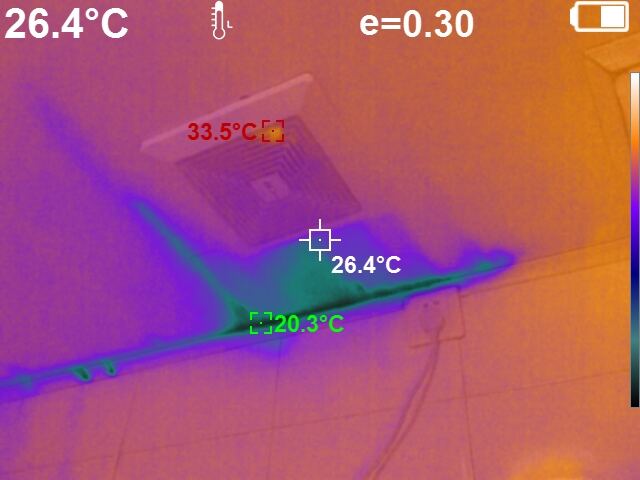
For Car and Electrical Maintenance:
For professional needs like car or electricity inspection, you may need a thermal camera with higher resolution and sensitivity. Models like the FLIR E5 Pro and LSJ-E320 are ideal for detecting hidden issues in buildings, offering high resolution and temperature accuracy.
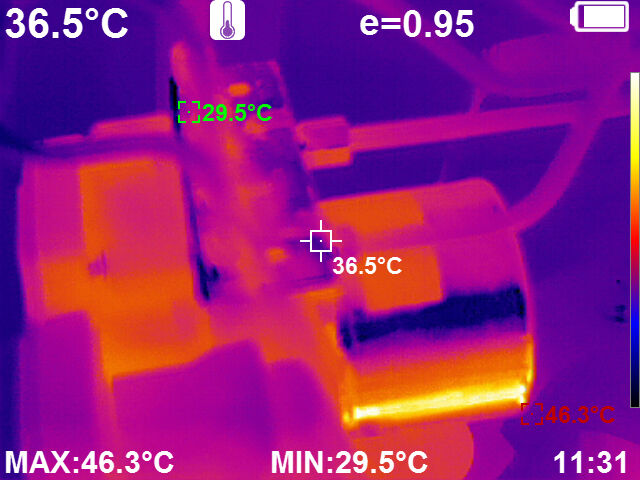
For Fire and Rescue:
Firefighters need thermal cameras that not only offer high resolution but also feature high heat resistance and durability. Flir K55, Flir K65, seek AttackPRO and LSJ-F1200 are specifically designed for extreme environments, making them reliable for use in fires.
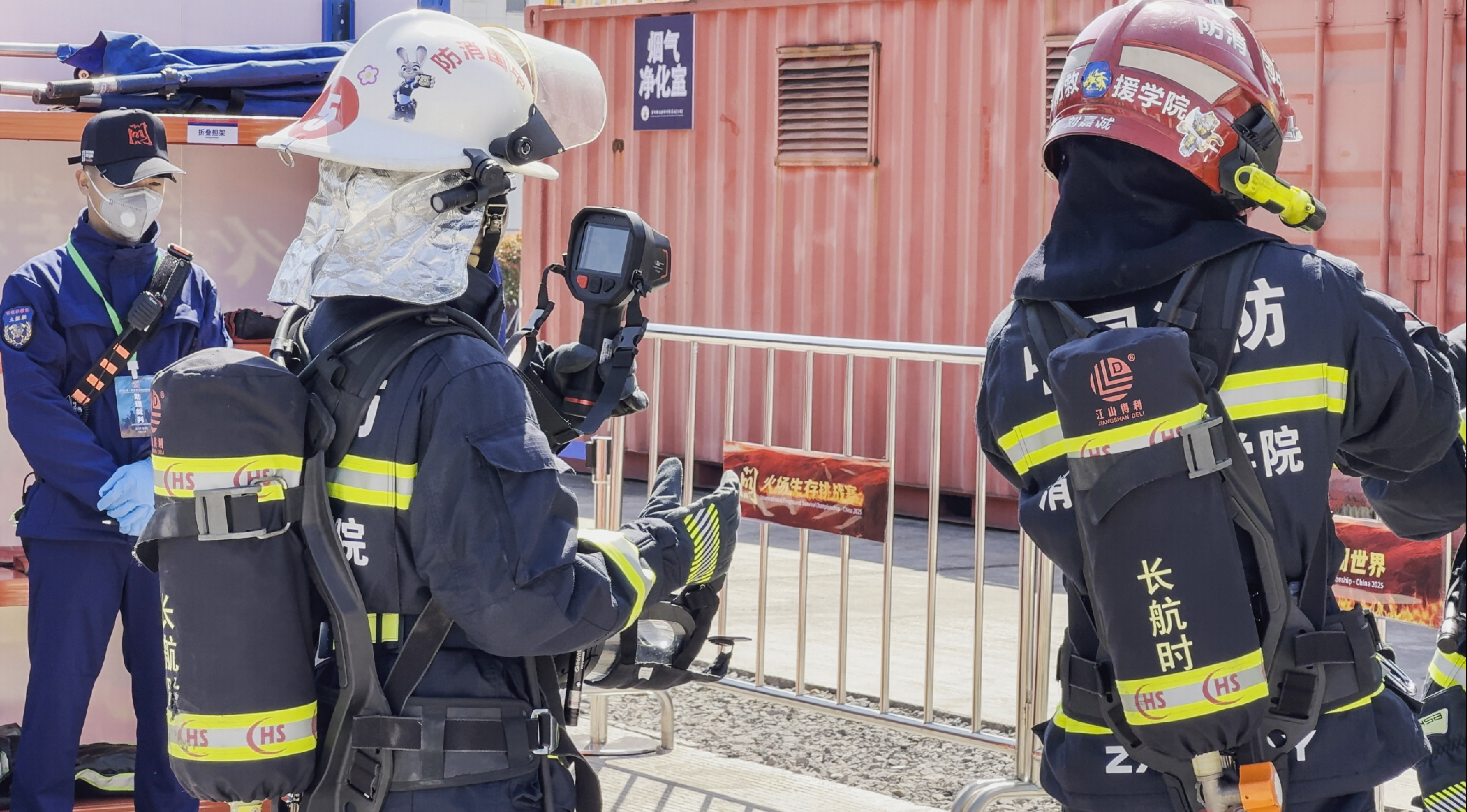
Not sure which thermal camera suits your needs? Send your inquiry now, and we’ll recommend the best option for you!
Thermal Imaging Camera Usage Tips and Maintenance Recommendations
Many users may not fully understand how to efficiently use or maintain their thermal imaging camera. Here are some tips to help you get the most out of your device and extend its life.
Usage Tips:
Calibration: Always ensure your device is calibrated before use and that the temperature compensation settings are correct. Some cameras offer automatic calibration, ensuring accurate imaging data.
Image Adjustment: Learn how to adjust the color scale of thermal images to make temperature differences clearer. For instance, adjusting the color gradient (e.g., from red to blue) helps highlight temperature variations more easily.
Focusing: Make sure the camera lens is properly focused on the target. Some thermal cameras offer automatic focusing, but manually adjusting the focus may provide clearer images in some cases.
Maintenance Tips:
Lens Cleaning: The lens is the core part of your thermal camera. Over time, dust or dirt can accumulate, affecting image quality. Clean the lens regularly with a soft cloth, and avoid using harsh chemicals. You can also purchase thermal imaging cameras with dust covers to prevent dust from entering.
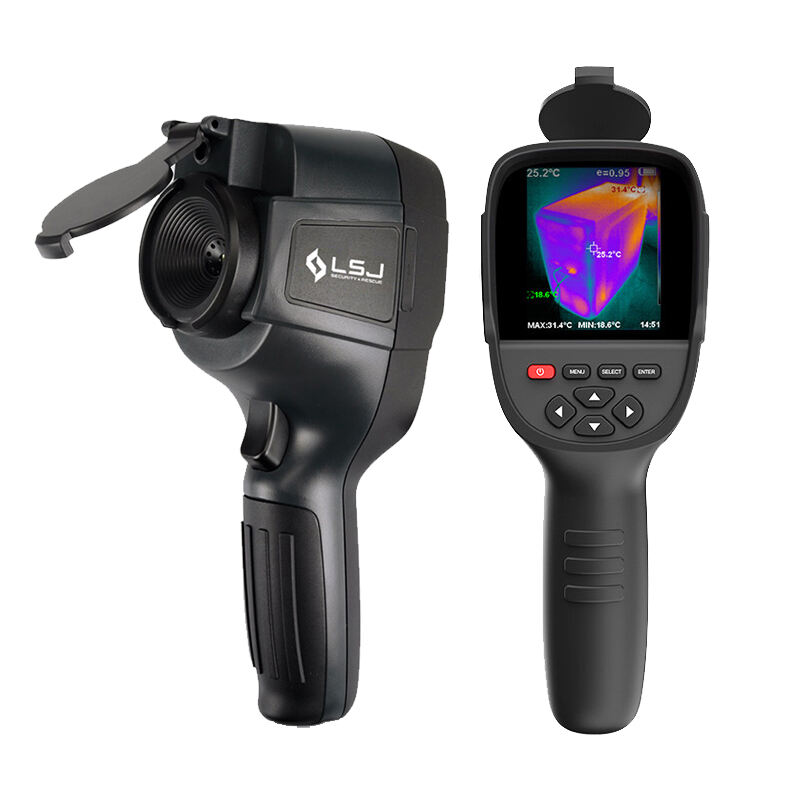
Storage: Store the device in a safe place, away from extreme temperatures or strong vibrations. Although most thermal cameras are built to be durable, they still need proper care.
Regular Calibration: While many thermal cameras offer automatic calibration, it’s still important to manually check the calibration regularly to maintain the accuracy of your device.
Frequently Asked Questions (FAQ)
Q1: Can thermal cameras be used in extreme cold or hot environments?
A1: Most high-quality thermal cameras work well in extreme environments, but it’s important to choose a model suited to specific conditions.
For example, fire specific models are built to withstand high heat, FLIR K55/K65 temperature range is -20℃-650℃; AttackPRO™ Series temperature range is -20℃-550℃; LSJ-F1200 temperature range is -20℃-1200℃.
Q2: How can I improve the image quality of my thermal camera?
A2: The clarity of thermal images depends on factors like resolution, focal length, and sensor quality. A higher-resolution camera will provide clearer images. You can choose 120*90, 160*120,256*192, 320*240, and 384*288 IR resolution.
Q3: Is thermal imaging suitable for outdoor?
A4: Yes, thermal cameras are great for outdoor activities like night-time walking, searching for lost people, or tracking animals. They help identify heat sources in low-visibility conditions, improving safety during outdoor adventures. If you want to hunting, thermal scope will be the better choice.
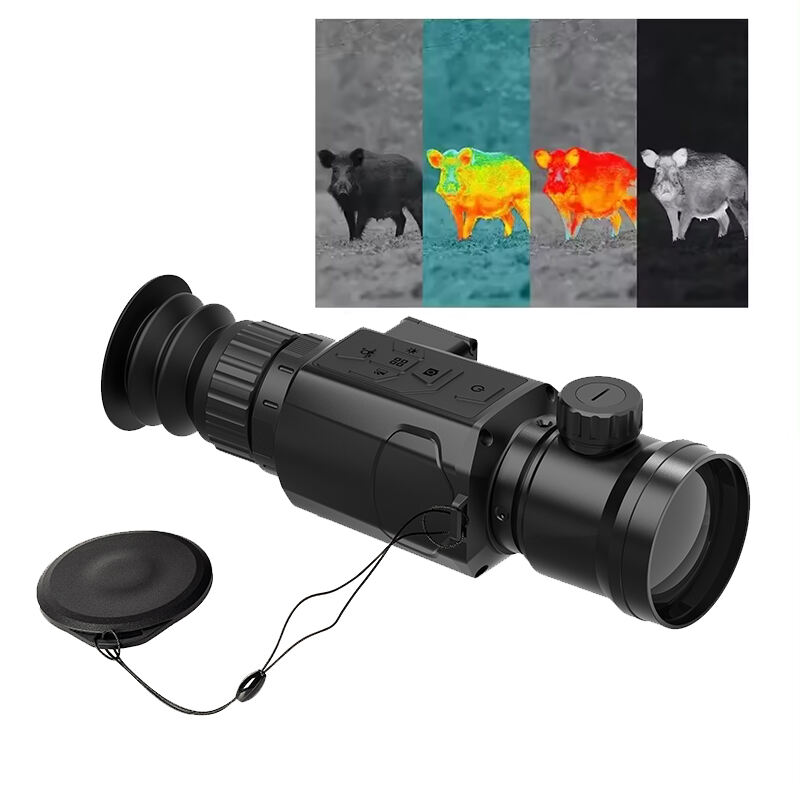
Get a quote or more information today! Please don’t hesitate to contact us today, and we’ll respond quickly with the details you need!


